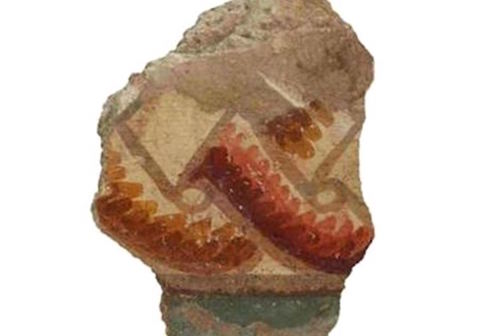VRS Zeev Weiss Uncovers Hundreds of Roman Fresco Fragments in Israel
A team of archaeologists sponsored by the Hebrew University of Jerusalem have discovered hundreds of fresco fragments in Tzipori National Park that date back to the second century CE, shortly after the Roman destruction of the Second Temple.
According to an article in the Jerusalem Post, "the fragments include the head of a lion, a horned animal, a bird and a tiger’s hindquarters – all of which were discovered in what was a monumental building located at the end of an ancient road in Tzipori. Traditionally, images depicting animals or people were not common within Second Temple period religious custom."
Zeev Weiss, VRS 2016 and Professor of Archeology and Tzipori Archeological Team Director for the Hebrew University, says of the discovery, “After the destruction of Jerusalem, most people in the region did not use figurative images. That includes Tzipori, which is a Jewish city... We’ve been digging there for 35 years, and I have to say that most of the finds did not include figurative images. But in the second century, we know that there was more openness to the Roman world.”
The Jerusalem Post article reports that "the new finds in Tzipori contribute significantly to the research of Roman art in Israel. To date, excavators have uncovered the walls of several public and private buildings from Roman Tzipori that were decorated with colorful frescoes in geometric and floral patterns."
Read the full report on the Hebrew University of Jerusalem's website.

Guilloche, in a fresco from Zippori, dating from the early Second Century CE. (photo credit: G. LARON)